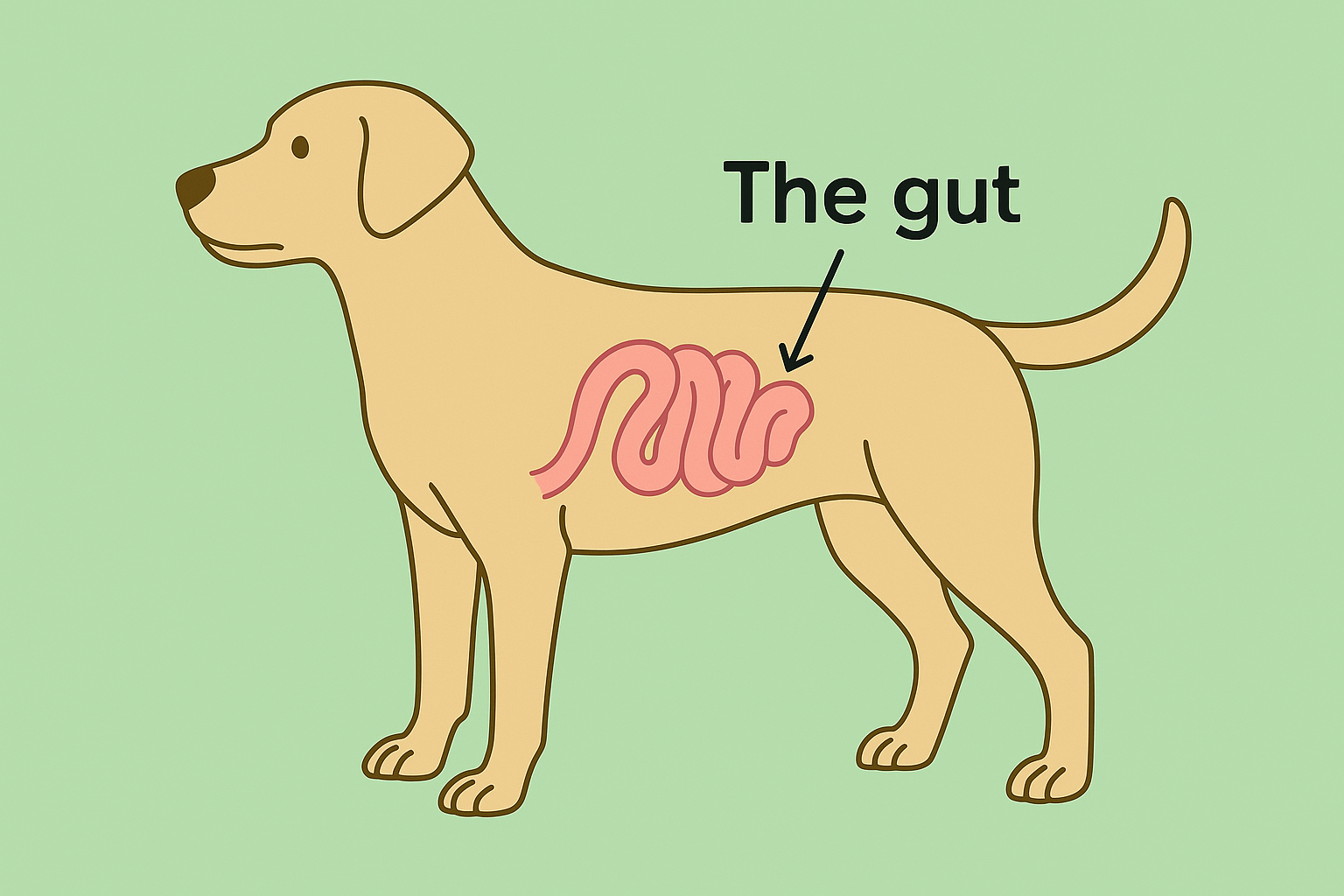
Pain Relief For Dogs: What's Safe? What's Not?
Pain Relief for Dogs: What’s Safe? What’s Not?
Seeing your dog in pain is heart breaking, and naturally, you want to help. But not all pain relief options are safe for dogs, and some can even be harmful. Understanding safe dog painkillers, natural pain relief alternatives, and what to avoid can make a huge difference in keeping your furry friend comfortable and healthy.
Safe Pain Relief Options for Dogs
When it comes to pain relief, always consult your vet before giving your dog any medication. Some vet-approved options include:
✅ Non-Steroidal Anti-Inflammatory Drugs (NSAIDs) for Dogs
-
Carprofen (e.g., Rimadyl)
-
Meloxicam (e.g., Metacam)
-
Firocoxib (e.g., Previcox)
-
Deracoxib (e.g., Deramaxx) These reduce inflammation and pain safely under veterinary supervision.
✅ Prescription Pain Medications
-
Gabapentin – Helps manage nerve pain.
-
Tramadol – A mild opioid prescribed for chronic pain.
-
Amantadine – Supports long-term pain management, especially for arthritis.
✅ Joint Supplements
-
Glucosamine & Chondroitin – Aid cartilage health and mobility. Buy Here
-
Omega-3 Fatty Acids – Reduce joint inflammation naturally. Buy Here
Natural Pain Relief for Dogs
If you prefer natural alternatives, here are some safe ways to help:
🌿 Turmeric – Contains anti-inflammatory properties.
🐟 Fish Oil – Supports joint health and reduces inflammation. Buy Here
🍵 CBD Oil (Vet-Approved) – Can help with pain relief in some dogs. Buy Here
💆 Massage & Acupuncture – Helps with mobility and relaxation.
🏃 Gentle Exercise – Low-impact activities keep muscles strong without worsening pain.
Dangerous Painkillers to Avoid
⚠ Ibuprofen & Naproxen – Toxic to dogs, causing stomach ulcers, kidney failure, or worse.
⚠ Aspirin (without vet approval) – Can lead to stomach bleeding or other complications.
⚠ Paracetamol (Acetaminophen) – Extremely dangerous and can damage the liver.
⚠ Over-the-Counter Human Medications – Never assume human painkillers are safe for pets.
When to See a Vet
If your dog shows signs of persistent pain, like limping, whining, or reduced movement, it's essential to consult a vet. They’ll provide the safest treatment plan based on your dog’s specific needs.
Final Thoughts
Choosing the right pain relief for your dog means ensuring their health and safety while effectively managing their discomfort. Whether using vet-approved painkillers, natural remedies, or alternative therapies, always consult your vet before starting any new treatment. Your pup deserves the best care possible!






